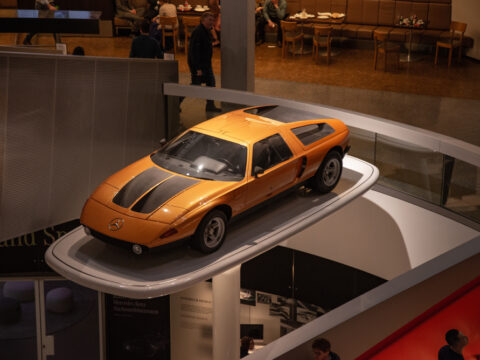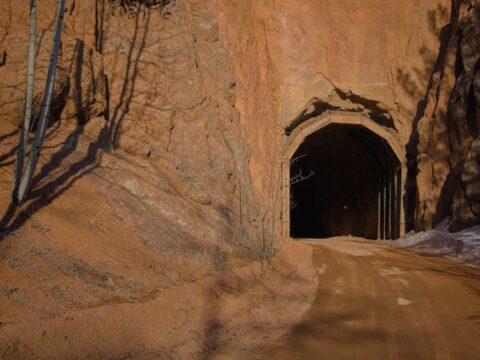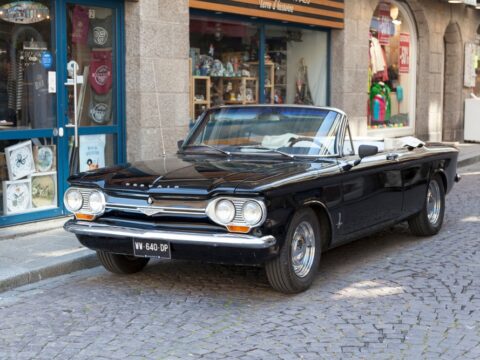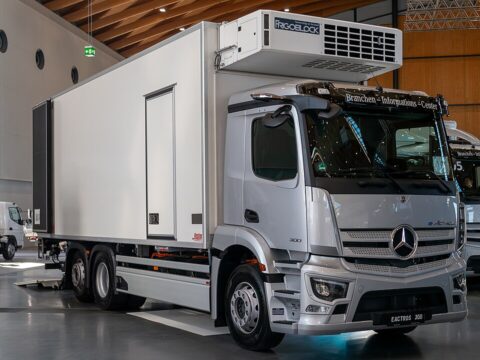Cruise ships are floating marvels of modern engineering, but there’s more to them than meets the eye. Behind the scenes, these vessels operate with precision and complexity that most passengers never see. From the intricate logistics to the hidden crew activities, here are 15 surprising facts about how cruise ships run smoothly on the open seas.
Contents
Complex Waste Management
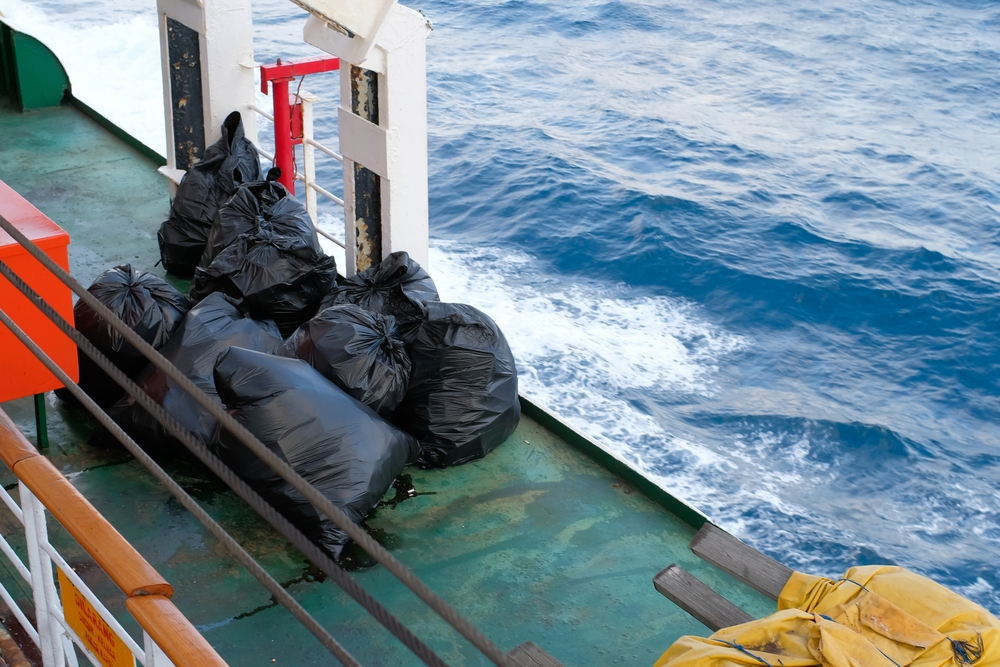
Cruise ships generate a significant amount of waste, and to manage this, they are equipped with advanced waste management systems. These systems segregate, treat, and process all types of waste, including food scraps, plastics, and sewage. Modern cruise ships often have incinerators for burnable waste and compactors for recyclables. The treated wastewater is sometimes purified to the point where it can be safely discharged into the ocean, adhering to strict environmental standards.
Self-Sufficient Cities
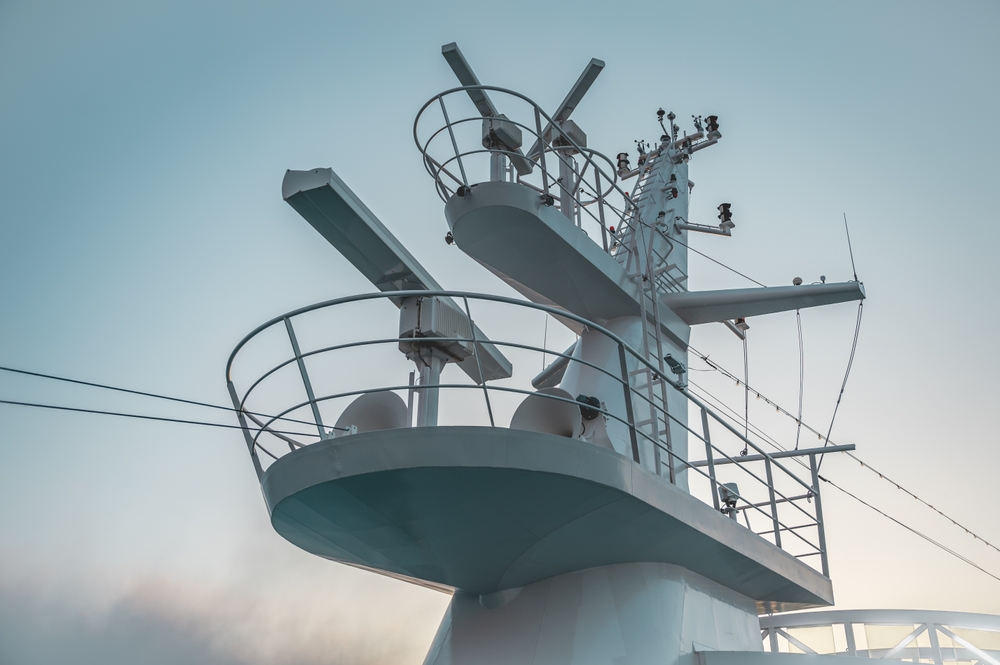
Cruise ships are like floating cities, complete with their own power plants, water treatment facilities, and medical centers. They generate their own electricity using diesel engines or gas turbines and can produce thousands of gallons of potable water daily through desalination plants. These self-sufficient systems ensure that passengers have all the amenities they need without relying on external resources.
Crew Quarters
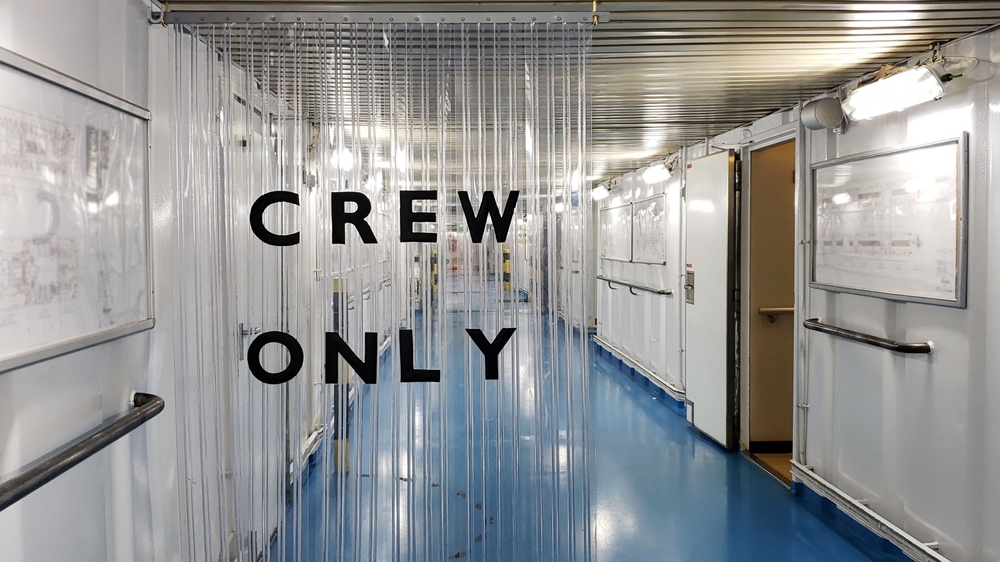
Crew members live and work in areas of the ship that passengers rarely see, designed to meet their needs and comfort. These quarters include dining rooms, gyms, and recreation areas, providing a space for relaxation and socializing after long hours of work. The crew also has access to their own medical facilities and training centers, ensuring they remain healthy and prepared for their duties.
24/7 Operations

Cruise ships never sleep. They operate 24/7 with a rotating schedule of crew members working in shifts to ensure continuous service. This round-the-clock operation covers everything from navigation and safety to hospitality and maintenance, ensuring that every aspect of the cruise experience runs smoothly at all times.
Massive Food Storage
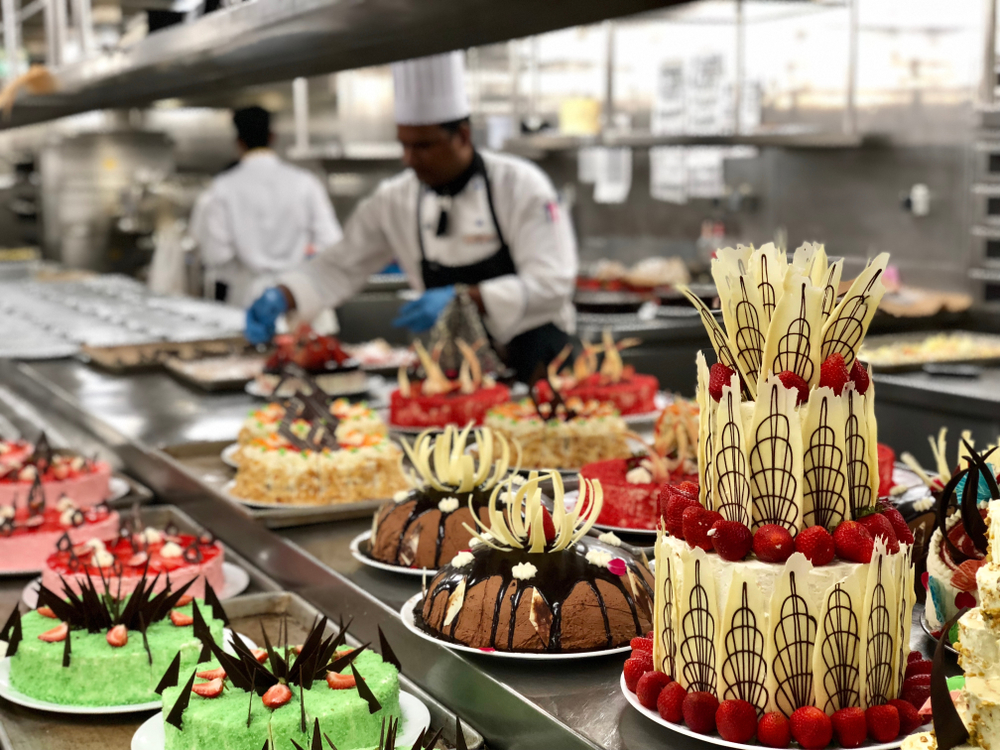
To feed thousands of passengers and crew for weeks, cruise ships are equipped with enormous food storage facilities. These include walk-in refrigerators and freezers, dry storage rooms, and temperature-controlled wine cellars. The logistics of managing this food supply are complex, involving careful planning and inventory management to ensure freshness and variety throughout the voyage.
Fresh Water Production
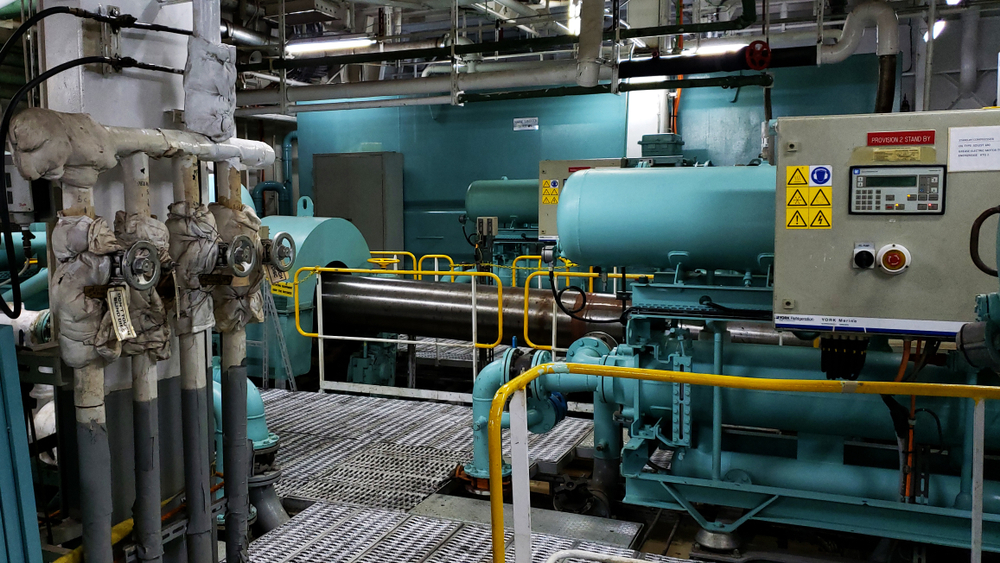
Freshwater production on a cruise ship is a marvel of engineering. Ships desalinate seawater using reverse osmosis or evaporative distillation, producing thousands of gallons of drinking water daily. This system ensures that passengers and crew have a continuous supply of fresh water for drinking, cooking, and bathing, even when the ship is far from any port.
Advanced Navigation
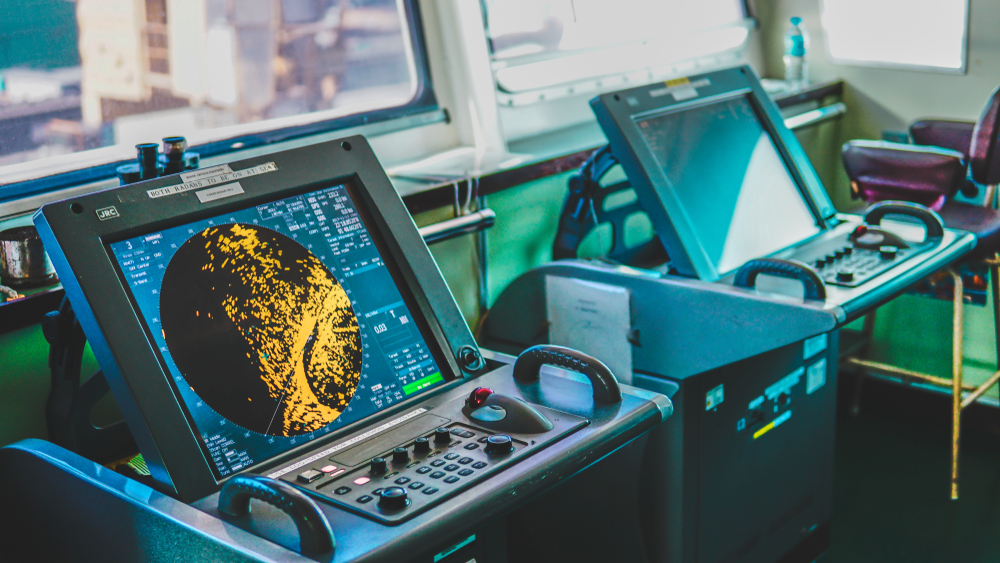
Cruise ships utilize state-of-the-art navigation systems, including GPS, radar, and sonar, to ensure safe and efficient travel. These systems are monitored by highly trained officers on the bridge who use this data to navigate through various sea conditions, avoid obstacles, and maintain the ship’s course. The technology also assists in weather forecasting and collision avoidance.
Behind-the-Scenes Tours
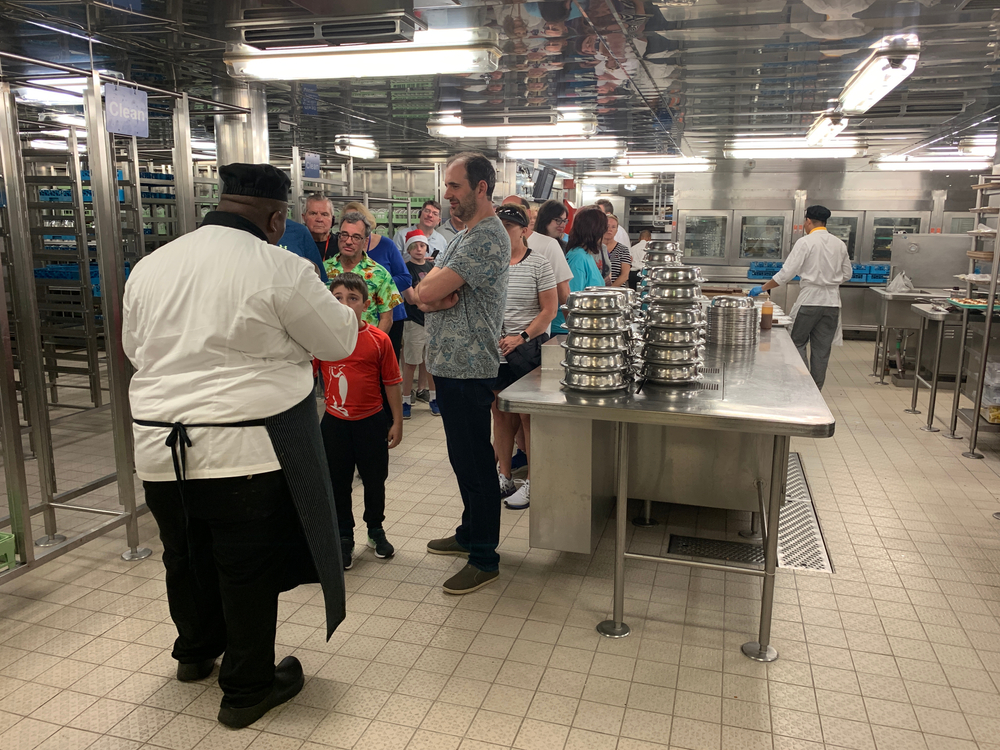
Many cruise lines offer behind-the-scenes tours, giving passengers a glimpse into the ship’s operations. These tours often include visits to the engine room, the bridge, the galley, and other restricted areas. It’s an opportunity to see the complexity and scale of the operations that keep the ship running smoothly, adding an educational element to the cruise experience.
Emergency Drills
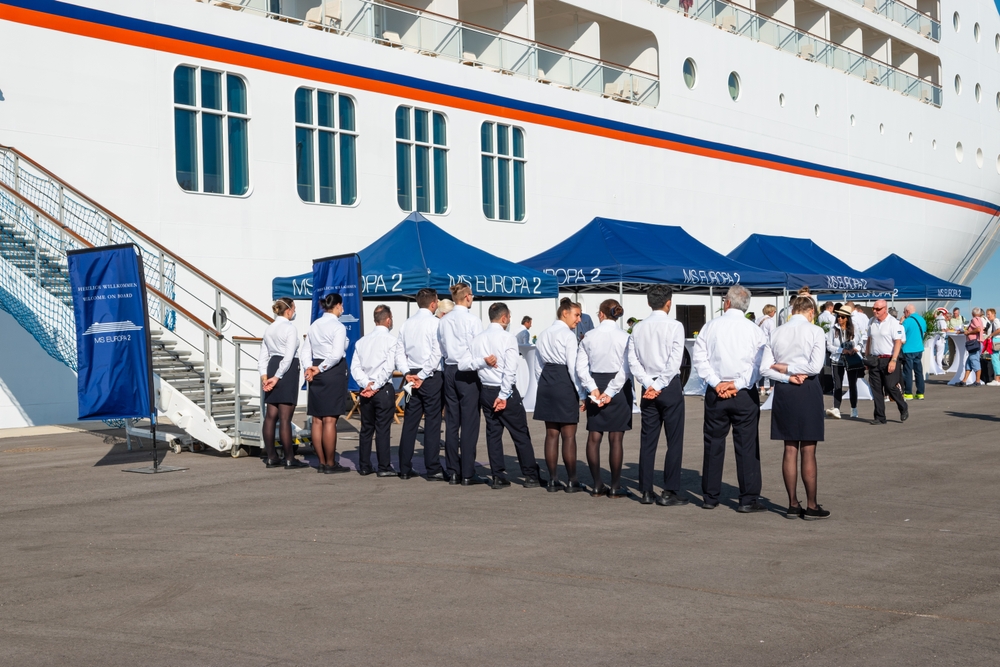
Regular emergency drills are a critical part of cruise ship operations. Both passengers and crew participate in these drills to prepare for various emergency scenarios, such as fire, man overboard, or evacuation. These drills ensure that everyone knows their roles and procedures, significantly enhancing safety on board.
Stringent Health Protocols
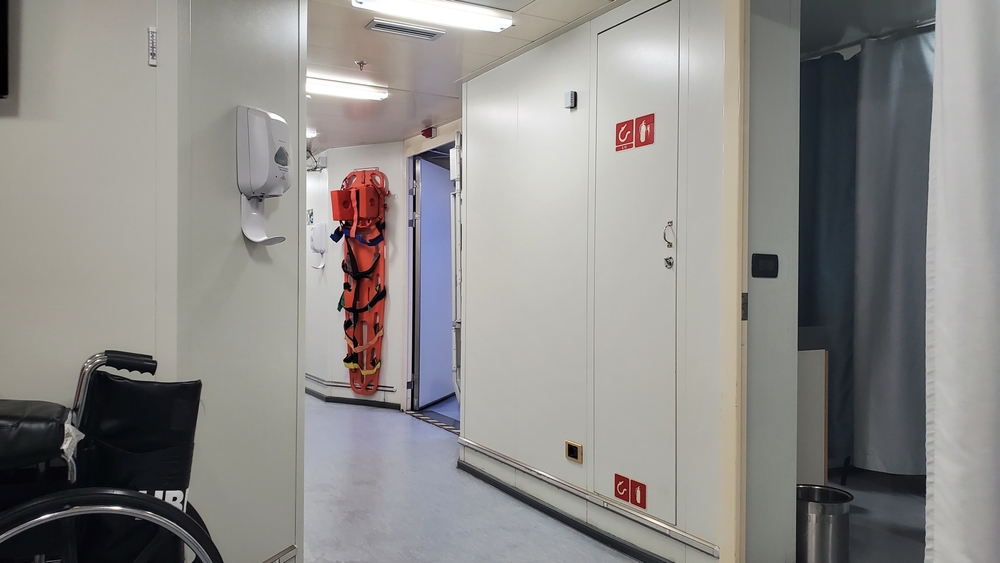
Health and sanitation are paramount on cruise ships, with strict protocols in place to prevent the spread of illnesses. This includes rigorous cleaning schedules, hand sanitation stations, and onboard medical facilities staffed by doctors and nurses. In the event of an outbreak, isolation procedures and advanced medical care are readily available.
Environmental Regulations
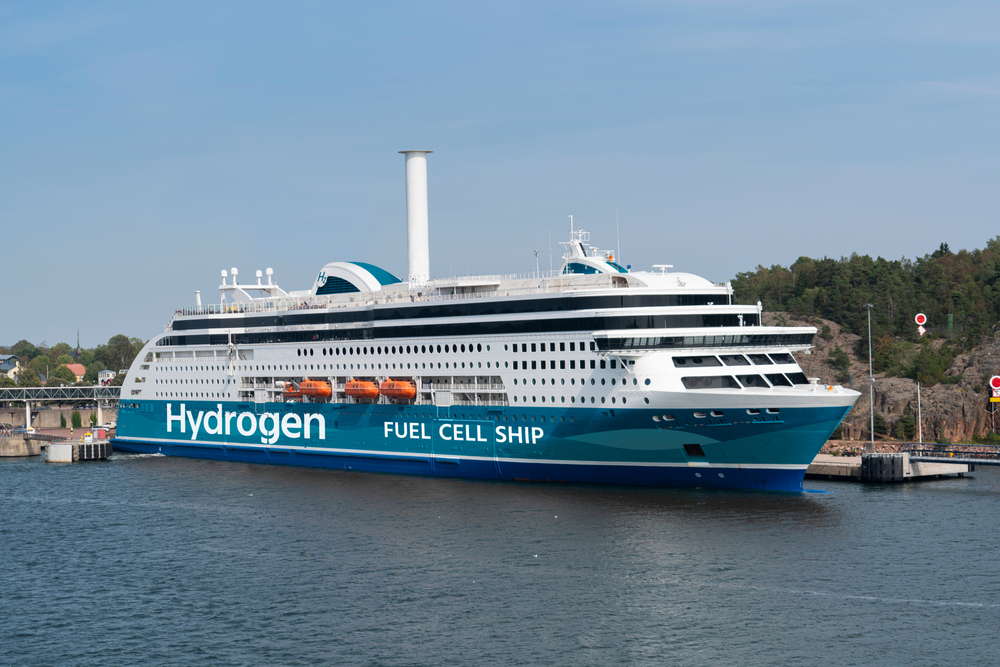
Cruise ships must adhere to international environmental regulations designed to minimize their impact on the oceans. These regulations cover waste disposal, emissions, and ballast water management. Compliance is monitored through regular inspections and audits, ensuring that the cruise industry operates sustainably.
Entertainment Logistics
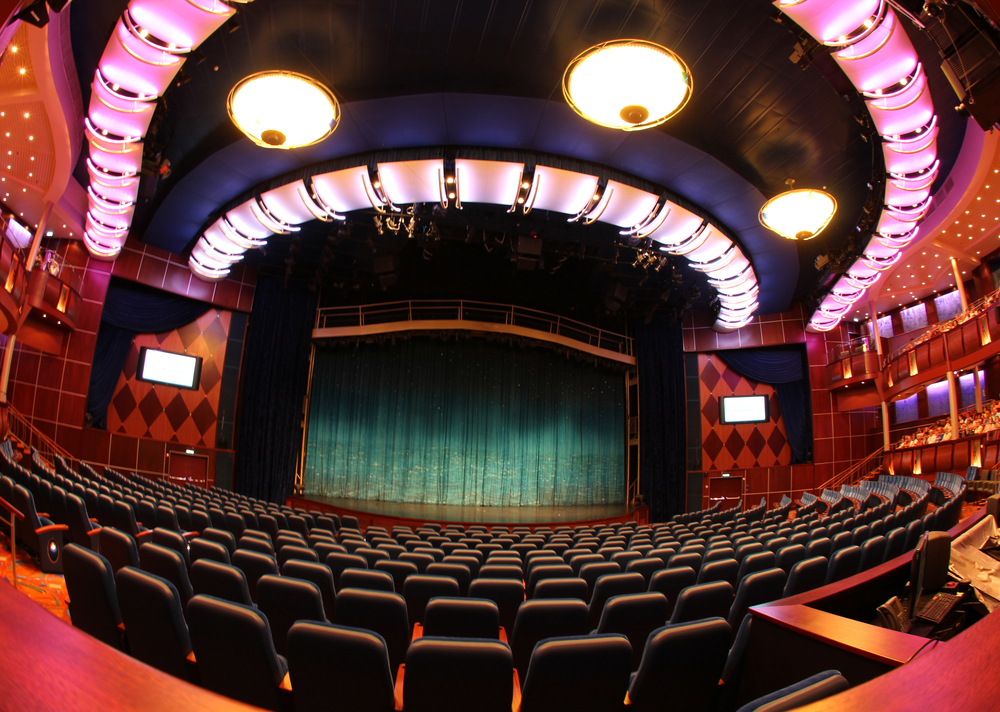
Coordinating entertainment on a cruise ship is a complex task involving performers, technicians, and various venues. Each day, multiple shows, events, and activities are scheduled, requiring precise planning and execution. This ensures that passengers have a diverse array of entertainment options throughout their voyage.
Guest Satisfaction
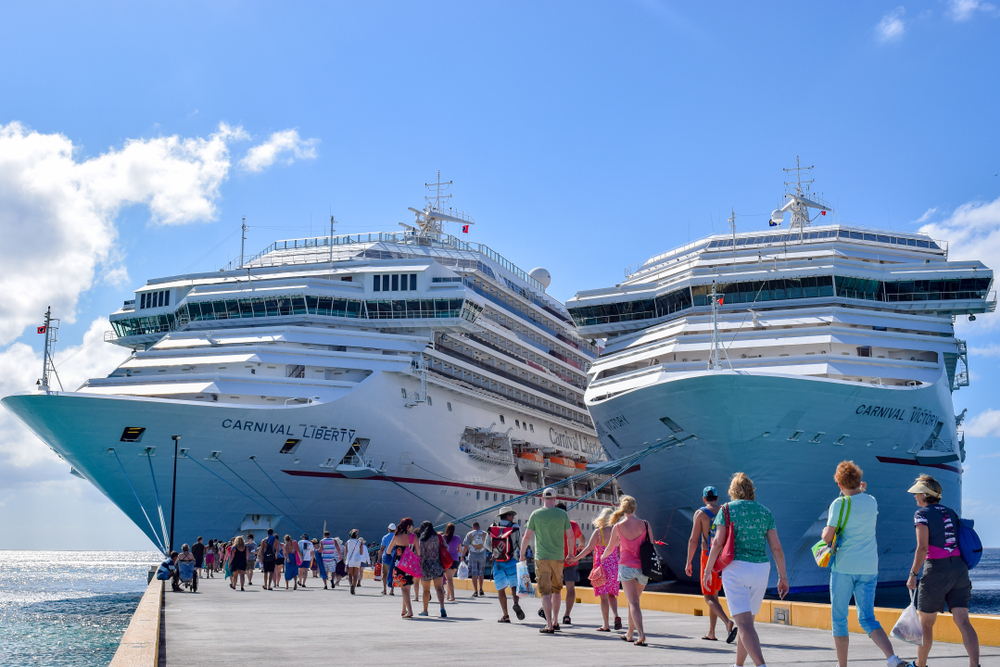
Ensuring guest satisfaction is a continuous effort on cruise ships. Dedicated teams work around the clock to address passenger needs, resolve issues, and enhance the overall experience. This includes everything from personalized service and special requests to feedback mechanisms that help improve future cruises.
Security Measures
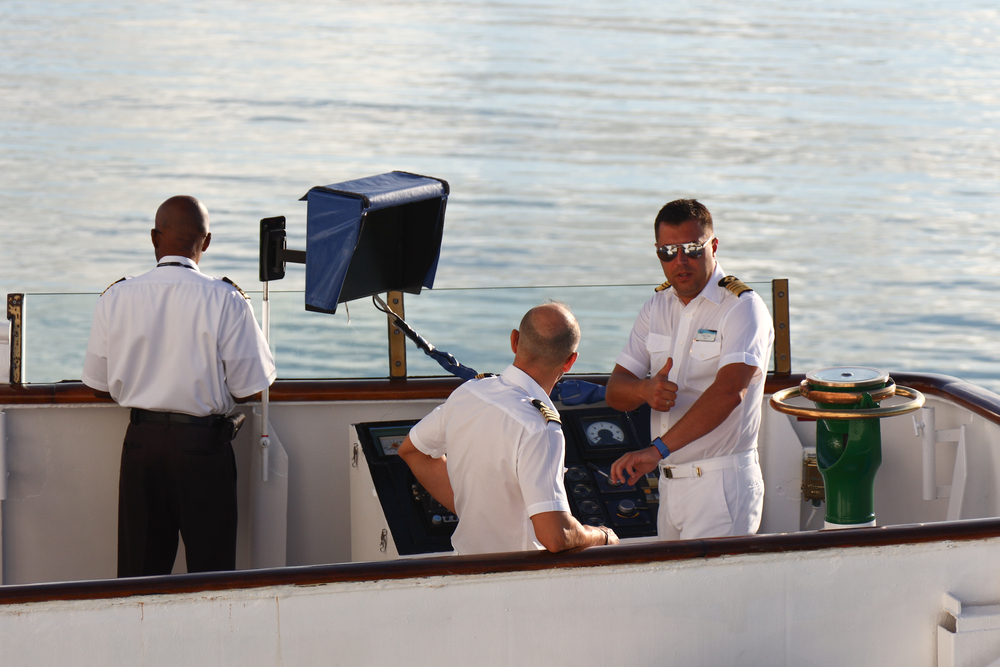
Security on cruise ships is comprehensive, involving screening procedures, surveillance systems, and trained security personnel. These measures are designed to ensure the safety of passengers and crew, preventing unauthorized access and addressing any incidents swiftly and effectively.
Efficient Embarkation
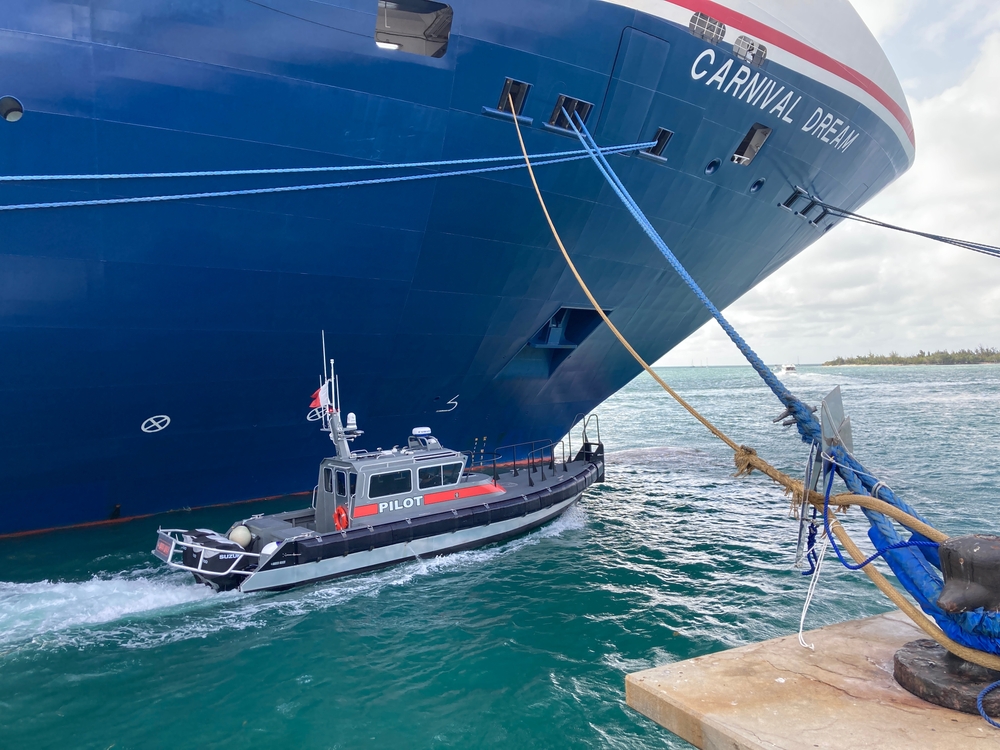
The embarkation and disembarkation processes are meticulously planned to handle thousands of passengers efficiently. This involves coordinated efforts between the ship’s crew and port authorities to manage boarding times, luggage handling, and customs procedures, ensuring a smooth and hassle-free experience for passengers.
This article originally appeared in MyCarMakesNoise.
More from MyCarMakesNoise
10 Iconic Vehicles Powered by the Legendary 426 Hemi Engine
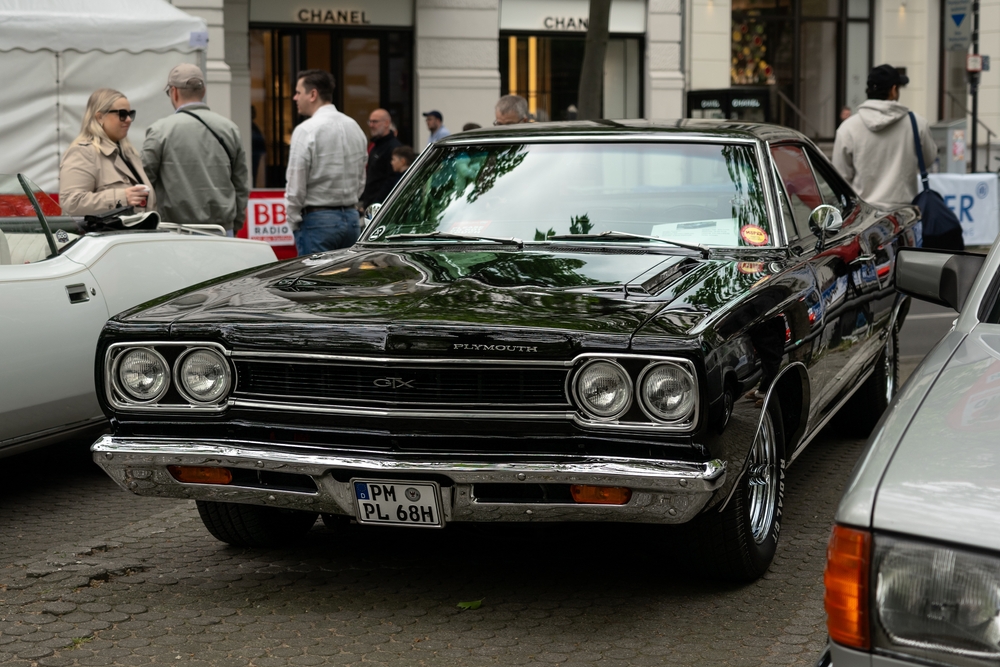
The 426 Hemi engine, synonymous with raw power and unmatched performance, stands as a towering figure in the world of muscle cars. Crafted by Chrysler, this legendary V8 engine redefined automotive performance, making it a favorite among car enthusiasts and racers alike. Read More.
20 Worst Parts of Charging an EV You Should Know
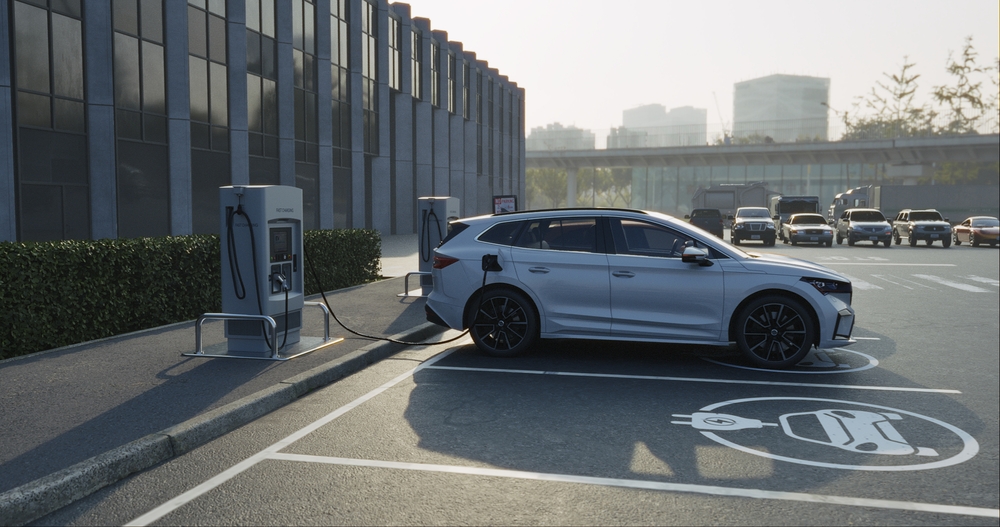
Charging an electric car is essential for keeping it running, but it comes with its own set of challenges. From long wait times to limited charging infrastructure, these issues can be frustrating for electric vehicle owners. Read More.
17 Highest Rated Motorcycles for Long-Distance Touring

When it comes to long-distance touring, the right motorcycle can make all the difference. Comfort, reliability, and performance are key factors that riders look for in a touring bike. Read More.

